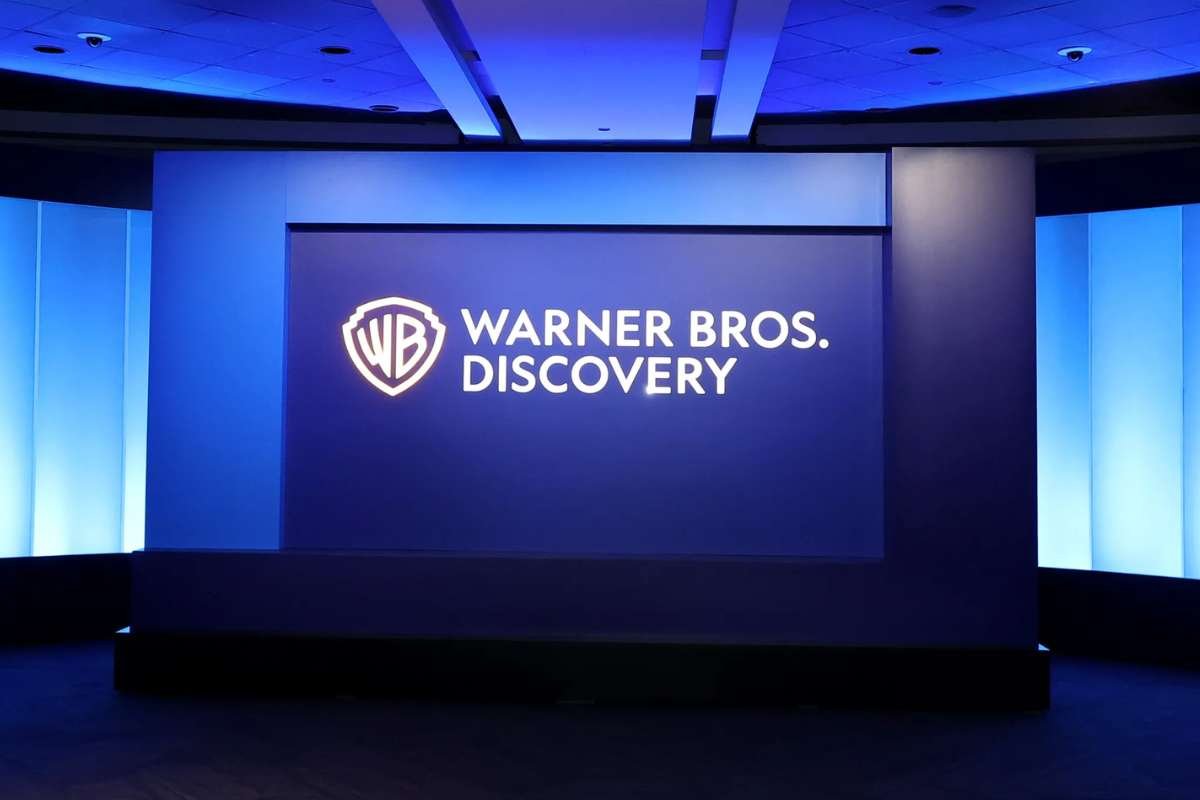Figure AI Ends Collaboration with OpenAI
Figure AI, a Bay Area-based robotics company developing general-purpose humanoid robots, has announced its decision to terminate its partnership with OpenAI. The company revealed the news on Tuesday via a post on X, citing a “breakthrough” in its in-house artificial intelligence (AI) technology. Figure AI’s CEO, Brett Adcock, provided limited details about the decision but promised that the company would unveil a significant advancement in humanoid robotics within the next 30 days.
The decision to part ways with OpenAI comes as a surprise, given the earlier collaboration between the two firms. Last year, Figure AI secured a $675 million investment, valuing the company at $2.6 billion, with OpenAI among its backers. The partnership aimed to integrate OpenAI’s AI models into Figure’s humanoid robots, particularly for natural language processing. However, Figure AI has now shifted its focus toward developing a proprietary AI model tailored specifically for robotic applications.
Challenges in Integration and Strategic Shift
According to Adcock, the primary reason behind the split was the difficulty of integrating OpenAI’s models with humanoid robotics. OpenAI, known for its expertise in large-scale AI systems, focuses more on software-based intelligence rather than embodied AI, which involves deploying artificial intelligence in physical robots. Adcock emphasized that Figure AI needed a vertically integrated AI system designed specifically for humanoid robots rather than relying on external AI solutions.
“We found that to solve embodied AI at scale in the real world, you have to vertically integrate robot AI,” Adcock told a technology publication. “We can’t outsource AI for the same reason we can’t outsource our hardware.”
While OpenAI has been expanding its involvement in humanoid robotics, including its investment in the Norwegian robotics startup 1X, Figure AI is determined to build its own AI solutions. The company is currently exploring the use of its robots in industrial settings, with automakers like BMW already deploying Figure robots in their factories. Unlike other humanoid robotics firms that are prioritizing home-based applications, Figure AI sees greater commercial potential in industrial automation.
Industry Trends and Growing Competition
The robotics industry is witnessing a wave of companies working on bespoke AI models tailored to humanoid robots, though partnerships remain common. In October, Boston Dynamics partnered with Toyota Research Institute to enhance the AI capabilities of its Atlas humanoid robot. Similarly, OpenAI has been expanding its footprint in humanoid robotics, recently filing a trademark application with the U.S. Patent and Trademark Office (USPTO) that references “user-programmable humanoid robots” and robots with “communication and learning functions.”
Despite the evolving competitive landscape, Figure AI has maintained a strong financial position, having raised a total of $1.5 billion in funding. The company recently expanded into a larger Bay Area office to accommodate its growing hardware and software teams. By focusing on proprietary AI, Figure AI appears to be adopting a model similar to Apple’s ecosystem approach—developing both hardware and software in-house to optimize integration and performance. However, this strategy requires significant resources and expertise, making it a challenging but potentially rewarding path for the company.


















